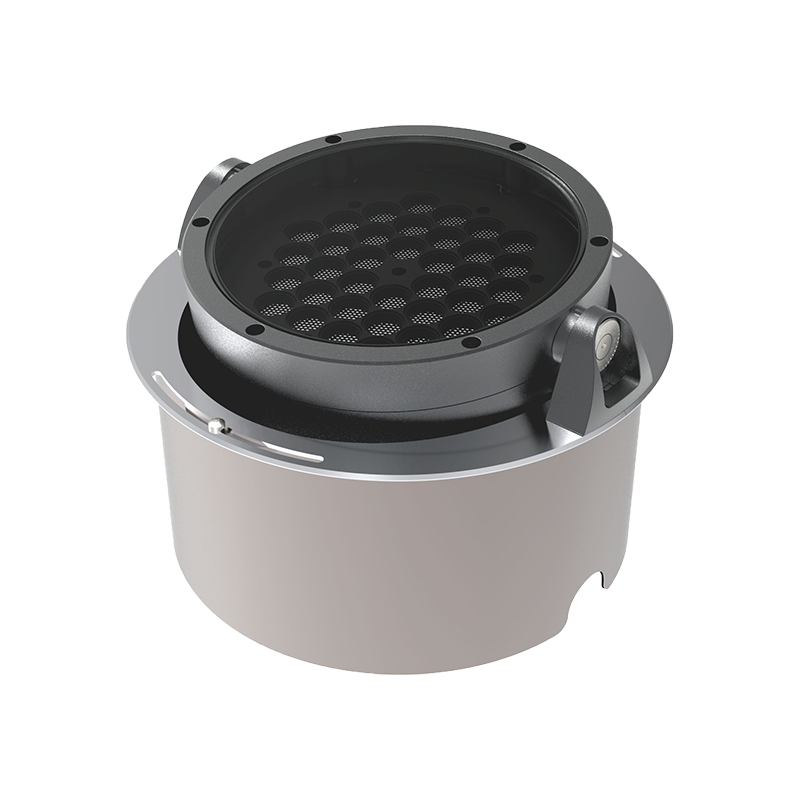Temperature fluctuations and weather conditions can significantly impact the performance of LED in-ground lights. LEDs, like most electronic devices, are sensitive to environmental conditions, and variations in temperature and weather can affect their efficiency, lifespan, and overall functionality. Here's how different factors can influence LED in-ground light:
Temperature: LED lights generally perform best in a specific temperature range. Extreme heat can cause the LED components to overheat, leading to reduced efficiency, light output, and lifespan. On the other hand, extreme cold can temporarily decrease light output and may affect the startup time of the LEDs.
Thermal Management: Adequate thermal management is crucial for LED in-ground lights. If the fixtures do not dissipate heat effectively, it can lead to premature failure or a decline in performance. Good thermal design, such as heat sinks or ventilation, helps maintain optimal operating temperatures.


Humidity: LED in-ground lights exposed to high humidity or moisture can experience electrical issues, corrosion, and diminished performance. Waterproof and weather-resistant designs are essential to protect the internal components from moisture-related damage.
UV Exposure: Prolonged exposure to direct sunlight and ultraviolet (UV) radiation can cause degradation of materials and optics, leading to a decrease in light output and color shift over time. High-quality UV-resistant materials are crucial for outdoor LED fixtures.
Dust and Debris: Outdoor environments are prone to dust, dirt, and debris accumulation, which can obstruct the LEDs, lenses, and vents, reducing light output and potentially causing overheating.
Freezing and Thawing: In regions with significant temperature fluctuations, freezing and thawing cycles can subject LED in-ground lights to mechanical stress, potentially leading to cracking or damage to the fixture's housing.
Wind and Vibration: Strong winds and vibrations, especially in areas near heavy traffic or construction, can impact the structural integrity of the LED fixtures and their electrical connections.


 Español
Español












